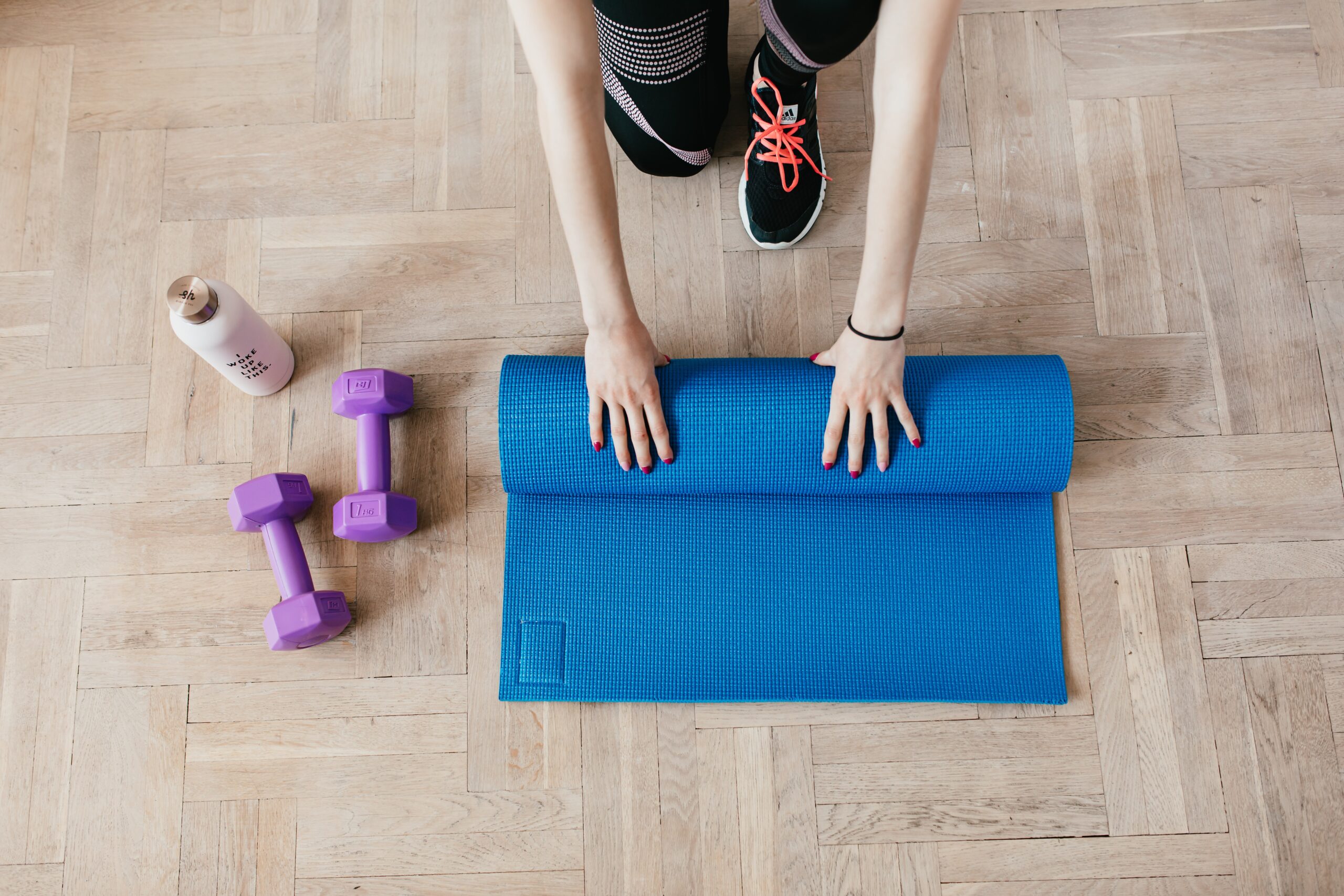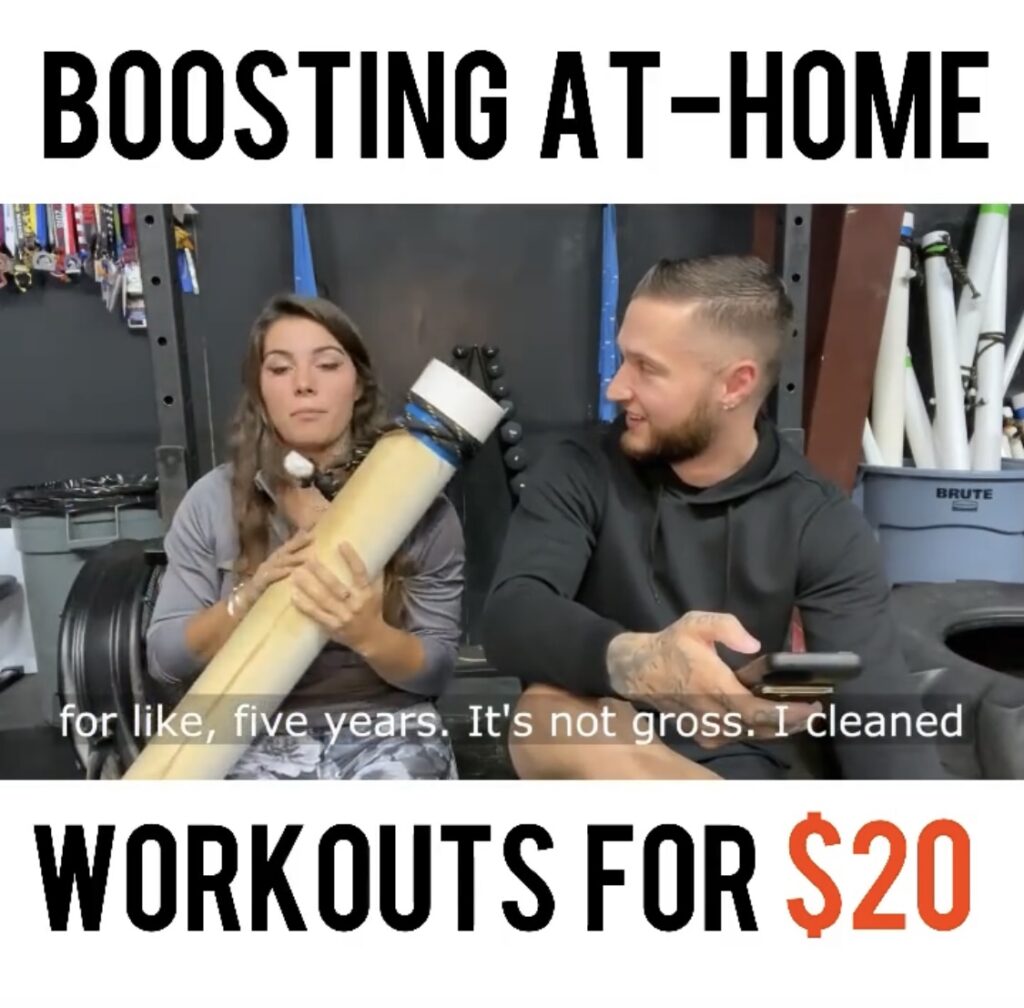This post may contain affiliate links, and as an Amazon Associate, Hercules Performance may earn from qualifying purchases.
———
When I first tackled this subject in 2016, I never could’ve predicted COVID-19 and its implications on gym access. Now, more than ever, people aren’t (A) comfortable going, even if they do have access, and (B) those who are comfortable going experience regular shutdowns.
And while it’s worth mentioning the increasing large—although semi-contested—body of data suggesting gyms aren’t a high risk environment, this isn’t the place to dive into that. You’re here to learn how to build your first home gym (independent of the reason), and you’re about to learn how.
But first, as somebody who’s largely worked out at home for 10+ years, I’d like to share some of the benefits:
1) You avoid a commute
Even if your gym is 10-15 minutes away, you’re averaging ~100 minutes per week on the road if you work out four times per week. That’s ~435 minutes per month, or ~7.25 hours per month going to and from the gym.
2) You don’t have to wait for equipment
Ever try to get on a machine a group of college kids is monopolizing? You might have to wait 15-20 minutes, and completely disrupt your workout until they decide to leave.
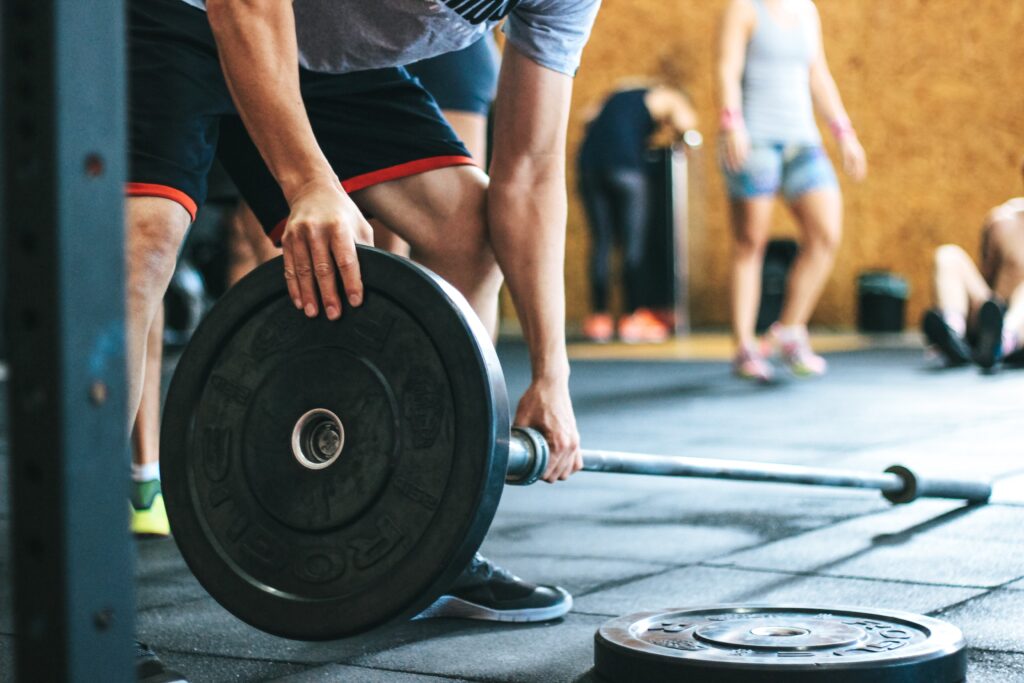
Securing equipment can be a nightmare
3) You save tons of money
Depending on where you live, a gym membership might cost $30-$50 per month (often more). This doesn’t account for sign-up costs, classes, “maintenance fees,” gas (to and from the gym), and upsells (like supplements and apparel).
Over 3-5 years, you might spend $2,000-$3,500+ dollars in membership-related costs. Over 10-20 years of membership, you might be looking at $7,000-$14,000+ dollars of membership-related costs.
Make $700 adjustable dumbbells seem cheap, doesn’t it?
4) You can get comfortable
Whether you’re intimidated by meatheads, or someone who likes to blast heavy metal: a gym’s rules can be limiting. At home, you can do whatever you want.
For me, this has meant loud music, lifting chalk, and the freedom to have my dogs with me. For you, this may mean being able to exert yourself without people watching, or not having to wear anything specific to “feel ready” to work out. In either case, it’s a huge pro.
———
Admittedly, there can be cons:
1) You may have space issues
Growing up, my mother allowed me to commandeer our semi-finished basement and load it with every piece of equipment I got my teenage hands on—but this is rare. I have clients in small, city apartments, and clients whose garages are so stuffed, they couldn’t possibly build a huge home gym.
Without the massive space a commercial gym offers, you may have to get picky with what’s included in your workouts.
2) It’s hard to get fired up
Even as a casual exerciser, it’s important to get semi “in the zone” for your workouts—otherwise, you’re less likely to peel yourself off the couch to do them. And without the separation of home and gym, it can be tough. Whereas the second you’re at the gym, you know what you’re there to do.
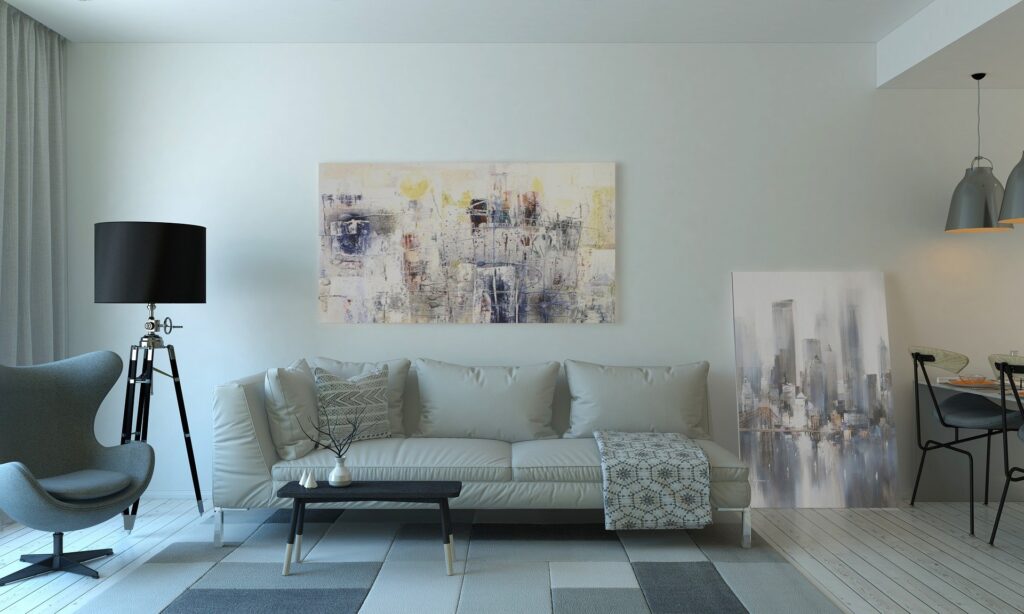
It can be tough to think of this as a “workout space”
3) The lack of community
Unless you’re fortunate enough to have a friend or family member consistently join you at home—which, in my experience, is extremely rare—you’re flying solo for at-home workouts… and that’s tough for some. A well-run gym offers staff, members, and classes that make you feel at home.*
*This is an example of social accountability: one of six types of accountability I recommend my clients seek out.
4) You likely won’t have fun “toys”
My favorite gym in the world, Ocean State Bodybuilders in Johnston, Rhode Island, has equipment from the 80’s (like a Donkey Calf Raise Machine) you won’t see in any commercial gym… nevermind a home gym. When working out at home, you’re likely paring down to the basics, and eliminating bells and whistles.
———
All things considered, I’d argue the pros of a home gym outweigh the cons—oftentimes, by a lot. So let’s discuss how to do it:
Step #1: Establish a budget
When considering the long-term costs of gym membership (which often exceeds $7,000-$14,000+) a $500-$1,500 home set-up is “nothing.” So don’t shortchange yourself. Buy nice, not twice, and commit to equipment you’ll have for decades—like the bench my mother bought in the 90’s (before I was born) that I still use when I visit.
⇨ If you’re not sure where to begin, 1-3 years of membership costs ($600-$1,000+) is a good place to start.
Again, this is for a lasting equipment that replaces the need for a gym—and you’ll spend it over time (as you accumulate high quality pieces). In the meantime, you CAN start a home gym with less.
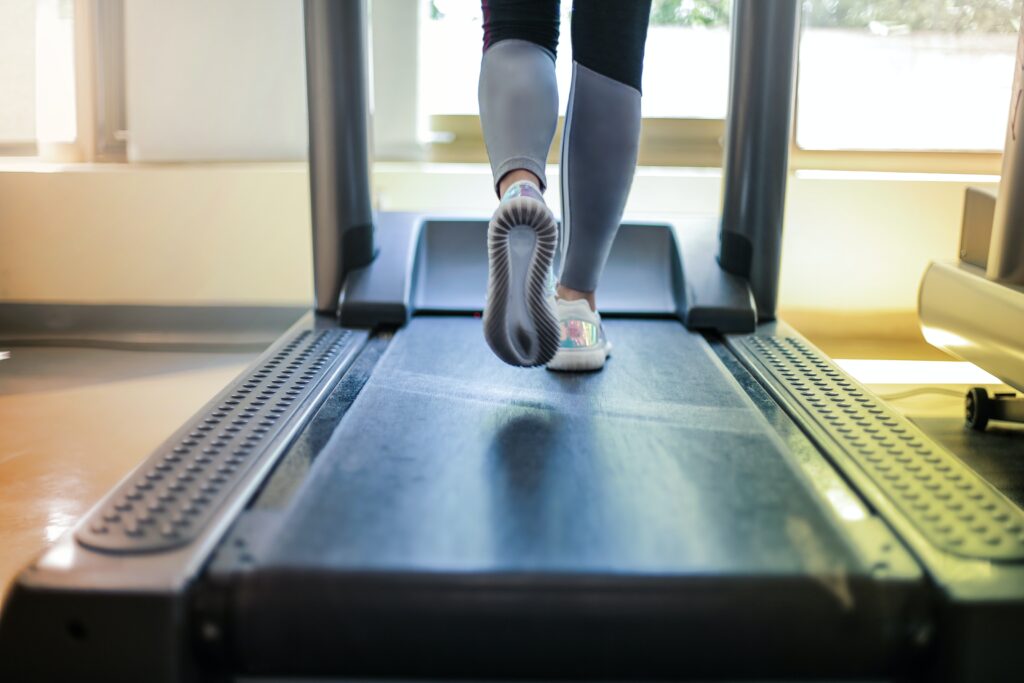
The cost of gym membership adds up more than most people think
Step #2: Assess your space
Unless you’re a strength athlete or CrossFitter, a power rack or rower may not make sense for your space. You’ll want to leave room for warm-ups, mobility work, dynamic exercises (ex. Walking Lunges), and more—which isn’t possible with massive equipment taking up room.
Step #3: Identify your goals
After your budget has been established, and your space has been assessed, you can rule out a lot of equipment that doesn’t make logistical sense—at which point, you can further narrow down equipment by identifying your goals.
For example, a runner needs a treadmill. A strongman or woman needs a barbell. A CrossFitter needs a Pull-Up bar and a plyo box. The rest of us might be content with dumbbells and resistance bands.
Step #4: Invest slowly
Once you know how much you’re going to spend (over the long haul), what you have space for, and what type of equipment will get the most use, you can begin investing in equipment—but it’s importantly to do this slowly. So many people get on a “home gym kick,” and buy the first five pieces of equipment they see because they’re impatient.
Prior to pulling the trigger, you need to consider:
→ Whether you can make it yourself
Although I don’t recommend this if you’re cutting safety corners, it’s an option from time to time. For example, when my dad built me wooden blocks to Deadlift off of, or when we made a Slosh Pipe out of PVC Pipe, like my friend Samantha shows here:
→ Whether you can get it used
You can search eBay, OfferUp, Craigslist, or Facebook Marketplace to see what people are selling. Most of the time, ~$1 per pound is fair—but you can expect to pay $1.50-$2 per pound right now, thanks to the demand COVID-19 has created.
→ Whether other companies carry it
If you can’t make it yourself, and can’t find it used, check multiple competitors before making a purchase. For example, I shopped around on EliteFTS, Rogue, and Strength Shop USA to get a full lay of the land before deciding on equipment for my home gym.
→ Potential deals
If you’re investing in full price equipment, it can make sense to wait for Black Friday, Labor Day, or a Fourth of July sale. A 10-15% discount can save you hundreds (if not more).
→ Shipping costs
Ever go on Airbnb and find a “steal” of a room? Then notice a $65 cleaning fee that makes it not a steal? Investing in equipment is no different. You’ll want to consider shipping prices before making any decisions, as a massive upcharge may make your “steal” less of a steal.
———
For what it’s worth, the “perfect set-up” for most people includes:
✓ Adjustable dumbbells ($300-$850)
When I launched Hercules Performance in 2014, it was a traveling personal training service. I drove all over southeastern Massachusetts for sessions, and most of my clients didn’t have equipment—so I bought adjustable dumbbells from PowerBlock.
⇨ To this day, they’re the best piece of equipment I’ve ever invested in.
I brought them with me when I moved to Miami, and again to New York and Providence. They’ve always fit in my apartment without issues. I’ve taken them on weekend trips, when I want to get a quick workout in. Most recently, I used them during quarantine, when gyms shut down.
If you bite the bullet and invest in your own, getting a gym membership will never be urgent or “necessary” again.

A single pair of adjustable dumbbells replaces all of these
✓ An adjustable bench ($100-$300)
This is what I call an exercise “multiplier.” With adjustable dumbbells alone, you can do hundreds of exercises at home. Throw in an adjustable bench, however, and options are borderline limitless—and it takes up very little space.
If you want to save money, you can get a flat, free-standing bench, and similarly multiply your exercise options.
✓ Resistance bands ($15-$30)
Obviously, these are the cheapest and most transportable item in this “bundle,” making them a no-brainer to prioritize. Both “handled bands” (longer, with a handle on each end) and mini bands (which come to a close like an elastic band) work well for warm-ups, mobility work, and high rep sets.
———
Once you’ve secured these, you can consider:
✓ A multi-grip Pull-Up bar ($20-$45)
Even if you can’t do Pull-Ups, this can make sense for eccentric reps, Hanging Leg Raises, Neutral Grip Push-Ups, Dead Hangs, and more. Plus, it acts an anchor for my next recommendation:
✓ Suspension straps ($90-$170)
With a multi-grip Pull-Up bar in place, investing in suspension straps—like TRX Straps or EliteFTS’s Blast Straps—makes sense. You can do a seemingly infinite amount of exercises with these, while easily transporting when necessary (for outdoor workouts and travel).
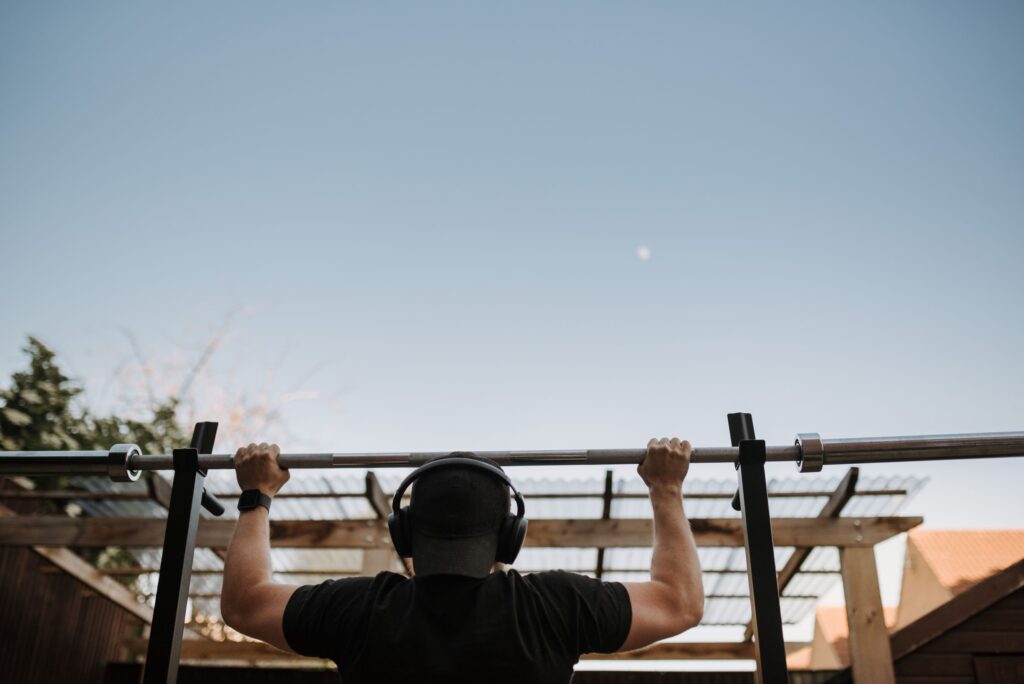
A Pull-Up bar is more versatile than you think
———
Finally, you’ll never need a gym again if you go all out and invest in:
✓ A barbell and plates ($300-$1,000+)
If you have the budget and space, a barbell and plates multiplies how many exercises you can do in a major way, while offering the ultimate body transformation tool: the ability to go heavier over time (with ease). When searching for these, prioritize:
• Cast iron plates
• 5’s, 10’s, 25s, and 45’s
• Reliable collars
Again, COVID-19 has created quite a market for this, so you can expect to pay $1.50-$2.50 per pound for high quality stuff—though you can often get it for less if you buy it used, in bulk.
✓ A power rack ($300-$1,000+)
For the grand finale, we have a power rack: the king of variety. With the seven pieces of equipment I listed prior to this (six if you ditch the Pull-Up bar), and a power rack, there’s next to nothing you can’t do—safely, too.
———
Actually, one more thing: if you have a few extra bucks, and no space (or desire) for a barbell, plate, and power rack, you can check out these toys:
✓ Speakers ($25-$100)
If you can play whatever music you want, you may as well take advantage of it with a decent set of speakers. Studies have shown this makes a difference in performance.
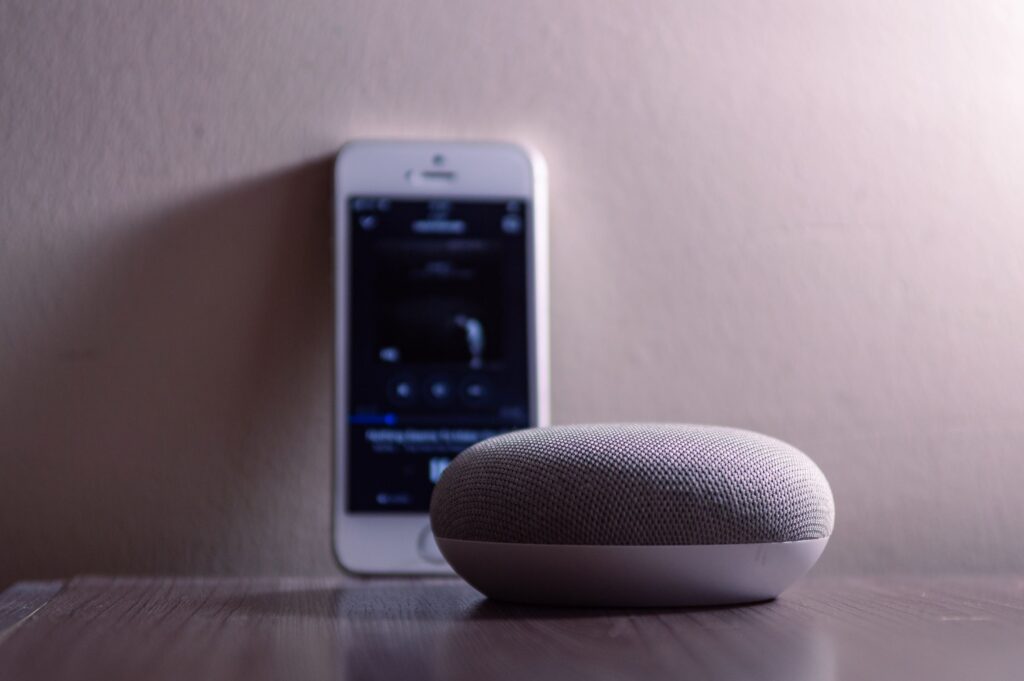
✓ A weight vest ($50-$185)
If you’re having a hard time finding dumbbells, a weight vest can serve its purpose on Lunge, Split Squat, Push-Up, Pull-Up, and Farmer’s Walk variations, by adding to your center of gravity (without taxing your grip).
✓ Fat Gripz ($30-35)
This is another “light dumbbell hack,” as putting these rubber grips over your dumbbell handles dramatically increases demands on your forearms and grip. Not to mention, pressing with them is easier on your joints.
———
To recap X’s and O’s:
Building a home gym has tremendous upside, like saving time and money, while offering the freedom to work out how you want—but there are downsides, like a lack of community, energy, and machines. If you do decide the pro’s outweigh the con’s, you’ll assess your budget, space, and goals, before investing over time.
While making these investments, consider whether you get the equipment homemade, used, or on sale—then assess shipping costs if it’s brand new.
Finally, the best at-home set-up for 95% of people includes adjustable dumbbells, an adjustable bench, and resistance bands (bonus points for a Pull-Up bar and suspension trainer).
If you have more questions on this, or you’re interested in personalized consulting, I’m an email away (HERE).

